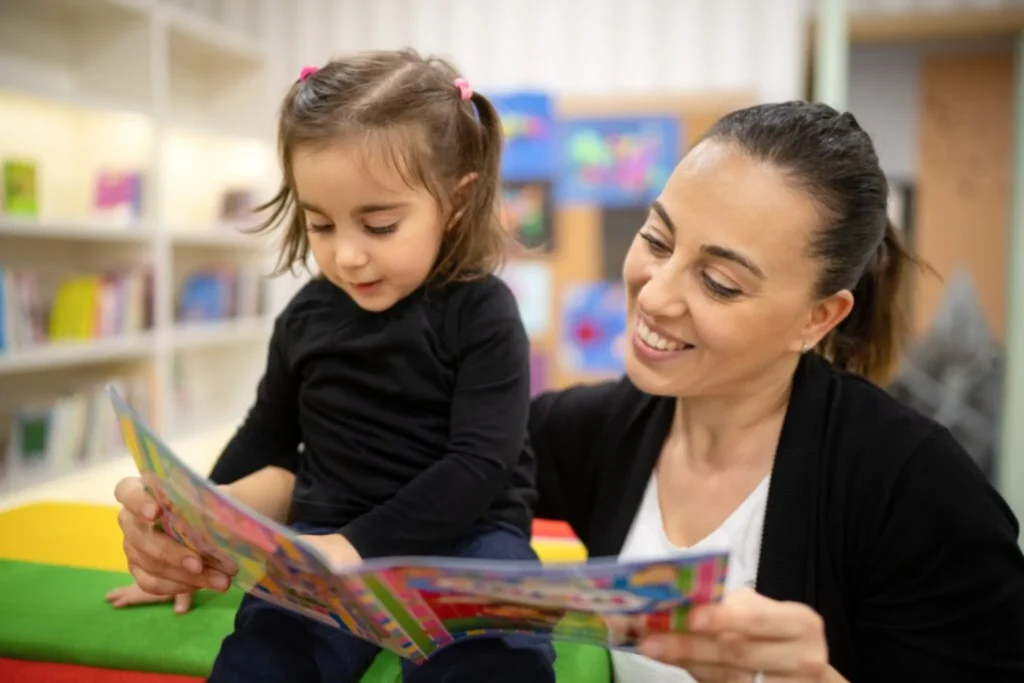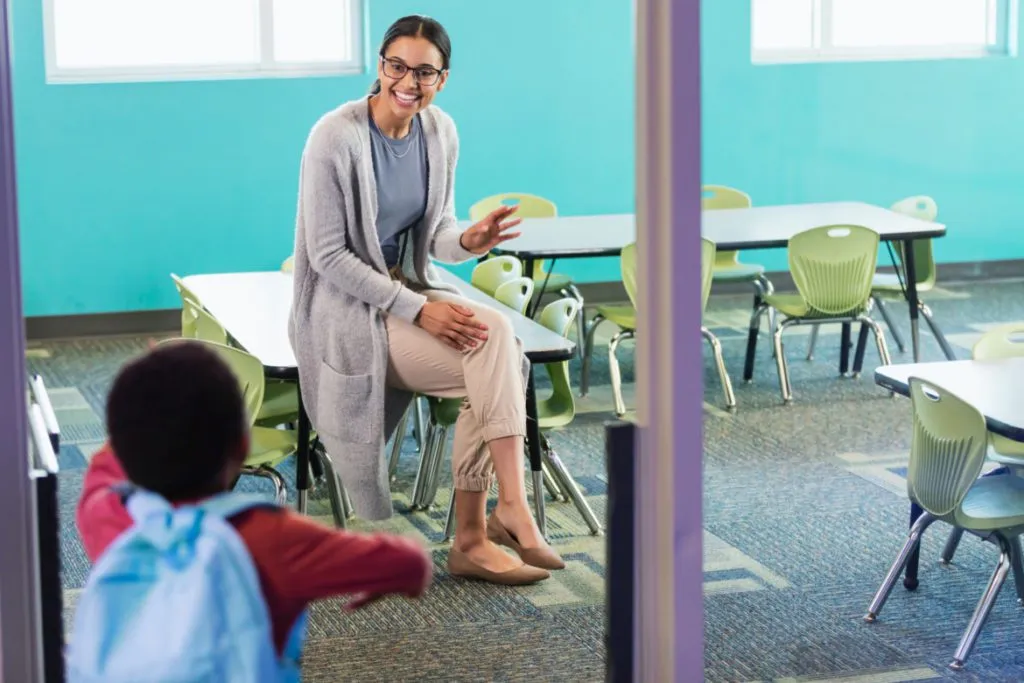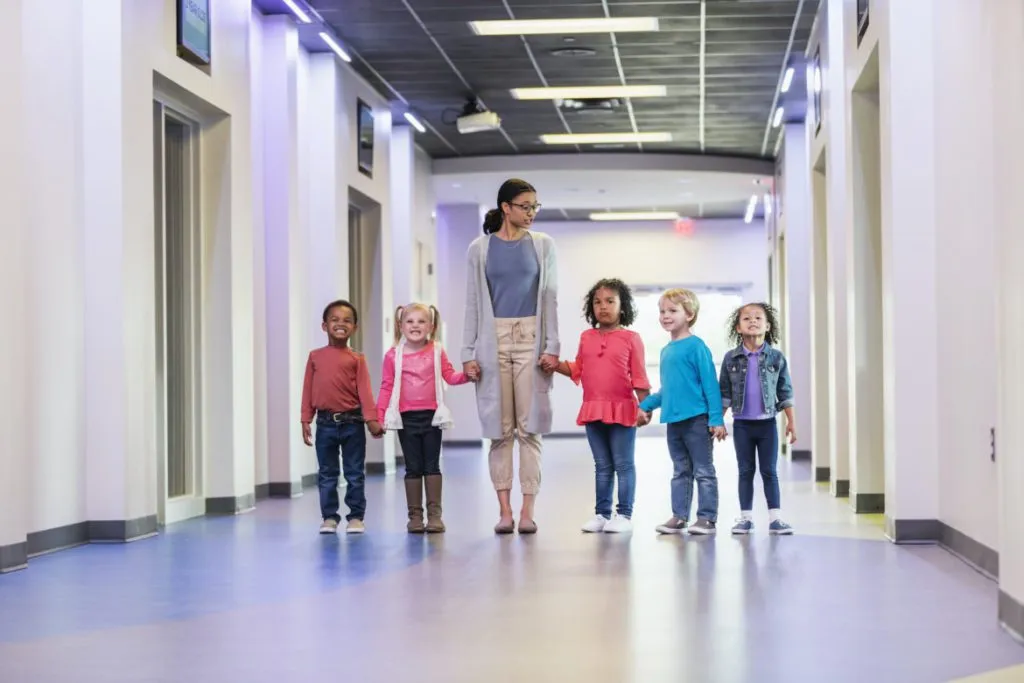Three Simple Tips for Returning to School After Winter Break

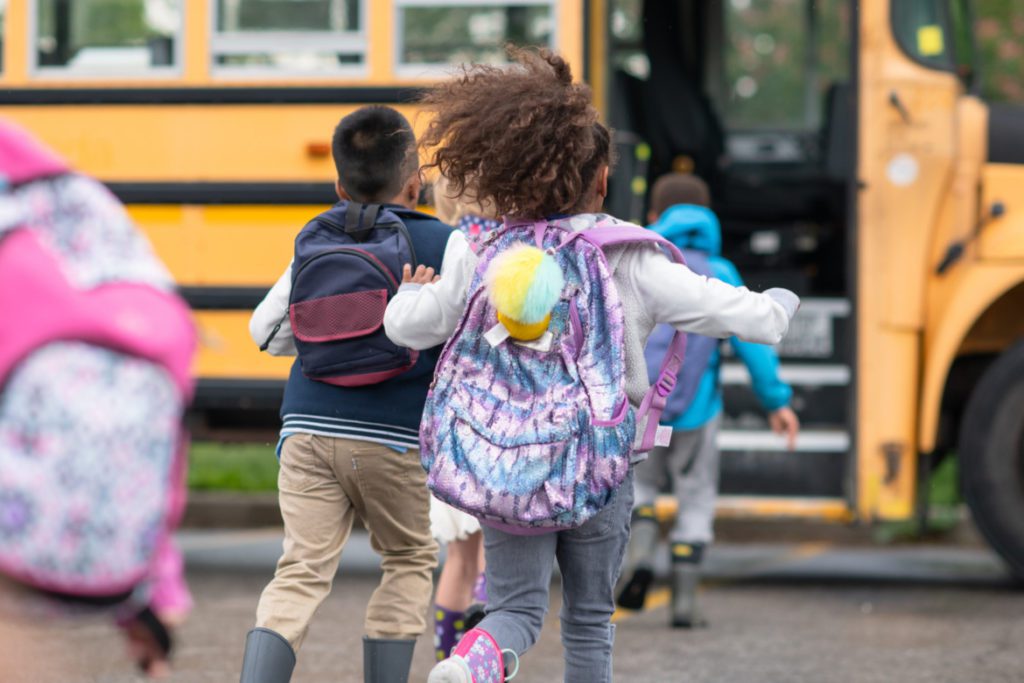
Ahhh. Winter break. Sweet, sweet, winter break.
No matter how much teachers and children love each other and enjoy the time they spend together, winter break always seems to arrive as a much-needed breath of fresh air. That first afternoon, just after the children have all gone home, spreads out before you like a vast and glorious expanse of tranquility.
But just like that (insert finger snap!), it’s over, and it’s time to return to school.
Returning to school after time away can induce feelings of anxiety for both children and teachers. With just a little bit of planning, however, you can ensure that the school year’s second back-to-school—the January one—is just as intentionally welcoming as the first one a few months prior.
Here are three tips for looking forward to returning to school after winter break.
Tip 1. Revisit the guidance from The First Six Weeks Teaching Guide.
It can be enormously helpful to think of January as the beginning of “the second first six weeks of school.”
Take some time to revisit class rules and procedures, both to provide reminders (children may forget even the simplest daily routines if they have not engaged in them for the past couple of weeks) and to see if any of them need to be amended, expanded, or discarded.
Also, children will feel more comfortable getting back into the swing of things if you take the time to review important concepts, such as the parts of your daily and weekly schedule; the areas of the classroom and school; and the names of people with whom they interact (especially if it is only occasionally), such as a school librarian, nurse, therapist, or office staff.
Tip 2. Give the children time and space to readjust.
All of us need time to readjust to the daily ebb and flow of work after being away from it for a few days.
Think about how you feel after coming back from a vacation. You never want to have to jump immediately into a difficult meeting or burdensome task. Instead, consider ways that both you and the children can ease back into your routine.
For example, you may need to build in some extra time to complete activities that had been running smoothly prior to winter break, such as drop-off, choice time, clean-up, snacks and meals, toileting, and transitions, including bundling up in winter clothes before going out to play or heading home at the end of the day.
Tip 3. Honor what they did over the break.
Discuss it. Journal about it. Create shared writings. Show children how much you value their lives outside of school. Show them that their experiences—and their thoughts about those experiences—matter.
Consider how you yourself respond to the question “How was your break?” If the person who asks is someone you know only casually, and they pose the question in passing, you’re likely to deliver a short and largely meaningless response: “Great, thanks. And yours?”
Now, think about how you respond to that same question when asked by a good friend who stops, smiles, looks you in the eye, and demonstrates genuine interest. You’re much more likely to go into rich detail about what you did, who you saw, and how you felt about it. If you want to inspire a deeper level of cognition and conversation with children, then make sure you are employing these same engagement strategies that you respond well to.
All of us here at Teaching Strategies wish you and the children and families you serve a peaceful, restful, enjoyable winter break and a stress-free back-to-school when the break is over. We look forward to continuing the important work of early childhood education with you when we gather again in 2022.
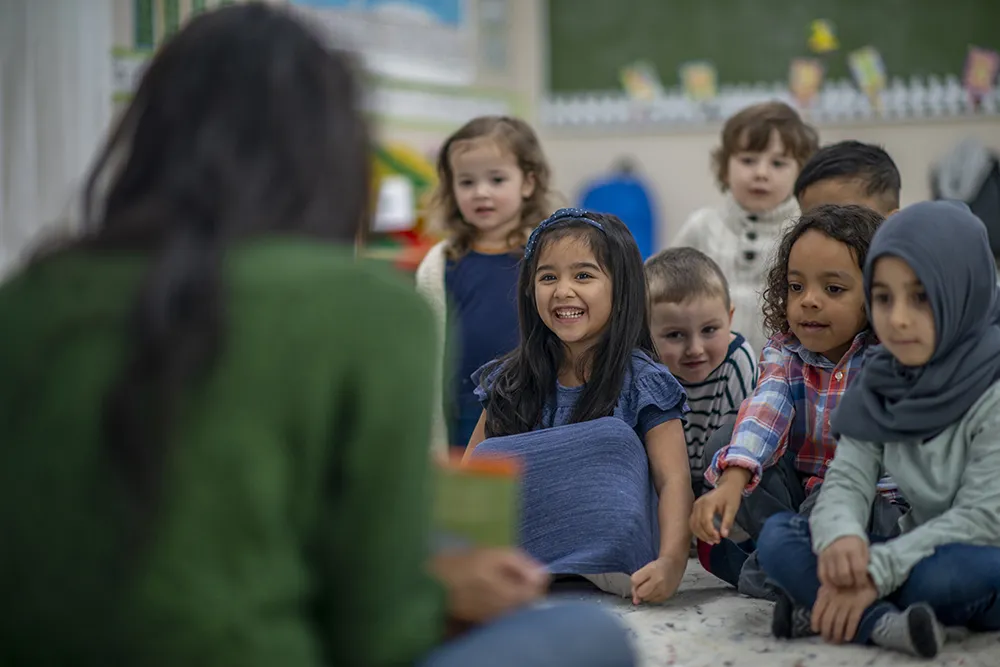
6 Core Questions at the Heart of a Positive Classroom Community
Returning after break is a great time to revisit these questions which build a lay a strong foundation for a positive classroom and highlight the important people in your school community.
